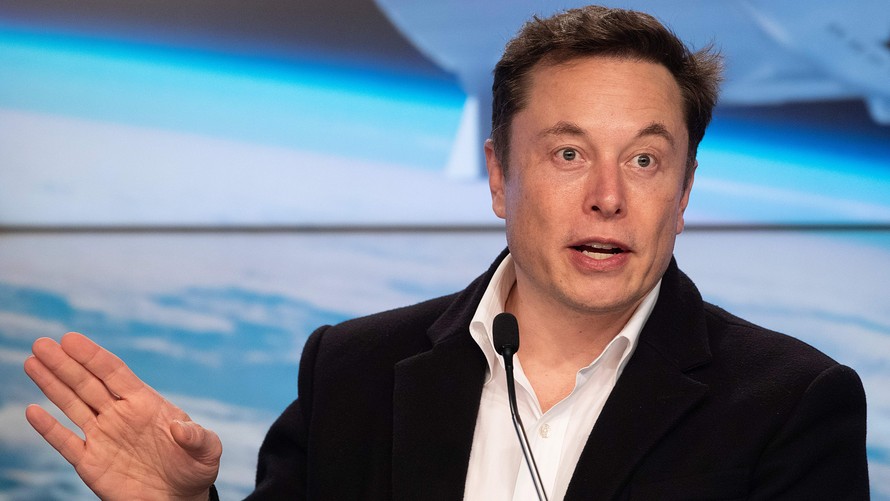
Did you know that in every U.S. state a portion of population doesn’t have access to broadband internet, and that some have no internet connection at all?
According to the Federal Communications Commission, that is more than 24 million Americans, or about 8% of the population.
Globally, things are much worse. As of April 2019, 81% of the developed world and only 56% of the world’s population had internet access. The internet is not only for entertainment and media. Government services, job postings, access to education, as well as goods and services provide more value to those with access to it.
Economic development would hasten if an affordable way to participate in the worldwide communication network were available. Not only that — unhindered access to online information would help break censorship constraints in many countries where such limits still exist. However, this kind of unrestrained, affordable, globally available internet access does not exist. Yet.
Starlink’s first launch
Enter Starlink, SpaceX’s next-generation satellite network, claiming to be capable of connecting the globe and offering reliable and affordable broadband internet services. To accomplish this lofty goal, the company launched a Falcon 9 reusable rocket loaded with 60 flat-packed satellites, each weighing 500 pounds (227 kilograms).
The first launch on May 23 was one of many. SpaceX plans to send almost 12,000 low-orbit satellites to provide a persistent broadband internet connection. Although similar satellites already exist, they orbit the Earth at 22,236 miles (35,786 kilometers) high, which translates to more than half a second of signal lag. This latency is detrimental to the financial and gaming industries, as well as others where quick, delay-free actions are required.
To solve this problem, Starlink satellites will orbit Earth 311 to 746 miles above the planet, up to 65 times closer than the aforementioned geosynchronous satellites. This would lead not only to decreased latency (estimated at 25 to 35 milliseconds), but also to speeds of up to 10 billions of bits per second (Gbps), 10 times as fast as that of a fiber-optic internet connection. For the sake of comparison, the current global average for download/upload is 26 megabits per second (Mbps)/10Mbps, or 0.026 Gbps/0.01 Gbps.
Almost 12,000 satellites
To achieve global coverage, at least 800 satellites will have to be activated, while 1,000 active units would make the network economically viable. To connect to it, users will need a $200 receiver, which “basically looks like a sort of a small to medium-sized pizza,” said SpaceX CEO Elon Musk. (He’s also the CEO of Tesla TSLA, -2.49% ) Those are small enough to be embedded in a home, the roof of a car, ships, airplanes as well as other devices, greatly expanding their broadband connection capabilities.
Of the total of 11,900, SpaceX plans to launch 4,400 satellites to low-Earth orbit, and another 7,500 in very-low-Earth orbit. All of them are planned to be up and operational by 2027. The entire endeavor will cost around $10 billion, but Musk told reporters that, if successful, Starlink has the potential to bring in $30 billion-$50 billion per year in profit.
That income is meant to help fund advanced development of Starship, the super-heavy-lift launch system that Musk intends to use to send a million settlers to Mars in the decades ahead. The first prototypes of the Starship system are already taking shape at SpaceX’s facilities in Texas and Florida.
‘Self-sustaining city on Mars’
“We see this as a way forward to generate revenue that can be used to develop more advanced rockets and spaceships,” Musk said. “And that, we think, is a key stepping stone on the way toward establishing a self-sustaining city on Mars and a base on the moon.”
While all this seems very exciting, there are some obvious obstacles ahead: launching 12,000 satellites into Earth’s orbit will no doubt exponentially increase the amount of space debris. These satellites can and will malfunction, get hit by other debris, and could start a chain reaction that could cause big problems for the operation.
To combat this problem, Starlink satellites are capable of tracking orbital debris and autonomously avoiding collision. Moreover, 95% of components will quickly burn in Earth’s atmosphere at the end of each satellite’s five-year life cycle. This also means that every five years, SpaceX will have to launch new satellites, approximately 200 each month. Based on current payload capacities, Falcon 9 rockets will need to take off roughly once a week to ensure the continued operation of Starlink.
That in itself is a huge expense for SpaceX, and it comes to reason that Musk will need to come up with a way to further increase the capacity of its carrier craft, as well as reduce the launch expenses to make the project feasible in the long term.
The technology’s challenges
There’s also the question of network capacity and individual satellite load: Each satellite can handle around 1,000 users streaming 4K video at once. In densely populated areas, it will be easy to put a significant strain on the network, which could adversely affect connectivity.
When asked about it, Musk said: “There is a lot of new technology here. So it’s possible that some of these satellites may not work.” He also added that there’s a “small possibility that all of the satellites will not work.”
Let’s hope he’s wrong, because Starlink looks like something that could change the way we communicate and exchange information globally in a profound way.

